- Best Grass Seed for Clay Soil - April 3, 2022
- Seashore Paspalum Guide – Warm-Season Grass - January 30, 2022
- Best Grass Seed for South Carolina - January 20, 2022
If you want a picture-perfect lawn, you can’t shy away from using Milorganite®. But before you apply Milorganite®, what does a picture-perfect lawn look like? According to many gardeners, a picturesque lawn is a full, lush green lawn, free of diseases and pests—the sort of lawn your neighbors will covet and may even visit your home every now and again to find out your secret.
You have to knuckle down to get that perfect lawn you dream of. While you can achieve your dream lawn through hard work, you need to fertilize it to improve its condition and make it beautiful. Fertilization is vitally important because it continuously nourishes the grass, keeps your lawn healthy, and fights off disease and pests while keeping any weeds at bay.
Now, you may already be sick of having to constantly apply regular NPK fertilizers. That’s why Milorganite® has become the go-to fertilizer for many lawn owners. So what’s Milorganite® and when should you apply it? Keep reading to learn more about this product.
What is Milorganite®?

Milorganite® is an all-natural nitrogen-based fertilizer made out of wastewater. Microbes are added to the wastewater and they ingest the nutrients present in the wastewater. The Milwaukee Metropolitan Sewerage District makes Milorganite® by collecting water from the metropolitan area of Milwaukee, including local industries like Molson Coors.
With large-scale processes that simulate nature, microbes ingest the nutrients present in the wastewater. The microbes are heat-dried into small pellets while the purified water is sent back to Lake Michigan. So Milorganite® is basically a bag of kiln-dried microbes!
Milorganite® is a rich nitrogen-based fertilizer that your lawn requires. The organic microbes in the fertilizer will slowly but surely feed your lawn.
Is Milorganite® Safe?
Many potential users have several concerns about Milorganite® because it’s made from wastewater. Some people even ask if it’s poo in a bag! Well, Milorganite® isn’t poo so it’s absolutely safe to use. After ingesting nutrients in the wastewater, the microbes die and are then kiln-dried under a temperature ranging from 900°F to 1200°F.
This temperature gets rid of any hazardous pathogen that could have remained. The microbes also go through numerous tests to ensure they’re safe. Wondering if Milorganite® actually smells like poo? Well, it doesn’t have a poo odor but has an earthly smell that quickly goes away when irrigation water or rain falls on it.
How Much Milorganite® Should I Apply and When?
The Milorganite® fertilizer manufacturer recommends specific rates of application and schedules. It’s vital to take these into account because if you don’t follow the directions, you’re unlikely to get the best results for your lawn.
When figuring out how much of the fertilizer you should use and working out an application schedule, you’ll need to consider where you live and your species of grass. As a general rule, every 2,500 sq. ft. of lawn requires one 32-pound bag of Milorganite®. Based on this recommended application rate, 1 acre would require 18 32-pound bags.
A ¼ acre would require 5 bags while a ½ acre would require 9 bags. The recommended number of bags in each of these cases is rounded off to the closest whole number. Bear in mind that if you’ve got a ½ acre home, your house, gardens, and driveway take up some of your property’s square footage, so you may not need the full 9 bags.
How Many Times Annually Should I Apply Milorganite®?

In general, you should apply fertilizer four times every year. But if you decide to apply it just once annually, the most opportune time to do so is early fall since your lawn will get lots of nutrients to recover from a long winter.
Let’s get a bit more detailed about when to apply Milorganite® on different kinds of lawns and different areas of the country.
Southern Warm-Season Grasses
The common types of grass in the south are St. Augustine, Centipede Grass, Zoysia, Bermuda, and Bahia. All of these grasses flourish in the amazing southern climate. They grow fastest during the extended hot summers.
Like most types of grass, Bermuda, St. Augustine, and Zoysia will all thrive in a four-times-per-year fertilization routine. On the other hand, Centipede Grass will benefit from just two applications annually. In this case, using a broadcast spreader, be sure to apply Milorganite® only in the spring and summer.
For these two types of grass, don’t apply Milorganite® during the fall as this could cause killing frost or winterkill. After surviving a long winter, imagine waking up to dead patches all over your lovely lawn? An unwelcome sight for sure!
Southern Warm-Season Grasses Application Schedule
Southerners with warm-season grasses do have a specific schedule for using Milorganite®. Below are the recommended dates for applying Milorganite® and getting the maximum benefit from your fertilization program.
- After dormancy (around Easter)
- End of May (around Memorial Day)
- Start of September (around Labor Day)
- Early October (during overseeding in the fall)
On all of these dates, you should apply one 32-pound bag of Milorganite® per 2,500 sq. ft.
Northern Cool-Season Grasses
In the north, the most common grasses are Kentucky Bluegrass, Perennial Ryegrass, and Fescue. These grasses are found in the following regions: Northeastern U.S., Northern half of Midwestern U.S., and Pacific Northwest. Cool-season grasses love cool temperatures and grow fastest during the spring and fall.
Northern Cool-Season Grasses Application Schedule
Northerners with cool-season types of grass have a distinctive fertilizing schedule. Below are the recommended dates for using Milorganite® in the north.
- End of May (around Memorial Day)
- Start of July (around 4th July)
- Start of September (around Labor Day)
- Second part of November (around Thanksgiving Day)
Again, you should use a single 32-pound bag of Milorganite® per 2,500 sq. ft. on all of these dates.
How to Apply Milorganite® Fertilizer on Your New Lawn
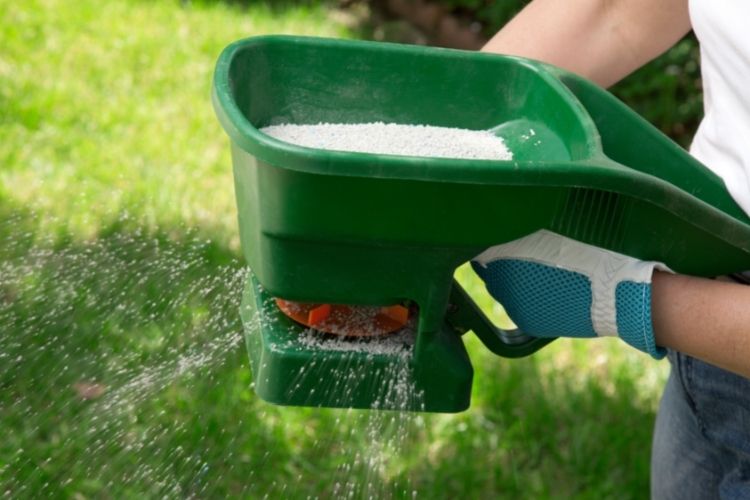
The excitement of beginning a new lawn and fertilizing it can also be anxiety-inducing. Just like a new parent, you might be completely unprepared to set up the best possible lawn.
Fortunately, applying Milorganite® fertilizer to the soil will lay your fears to rest. Before sowing the grass seed, mix Milorganite® into the two top inches of soil using a broadcast spreader. This way, you’ll create the perfect conditions for grass to grow.
Next, wait for the seedlings to sprout. This is when you begin to see the grass tops coming through the soil. When that has taken place and you’ve cut your grass thrice at least, you’re ready to apply Milorganite®. As you’re starting a new lawn, put the recommended application rates aside. In fact, apply twice as much Milorganite®.
In the first 12 months of your lawn’s life, you’ll apply two 32-pound bags of Milorganite® per 2,500 sq. ft. After that, your new turf will be mature and can be considered established. You’ll then feel like a happy parent and follow the normal fertilizing schedule.
5 Best Alternatives to Milorganite®
Milorganite® is far and away the number organic fertilizer if you’re looking to have a healthy-looking lawn. But sometimes it’s out of stock or some folks just don’t get good results with it.
In that case, there are some alternatives that work as well as Milorganite®, if not better. Here are five of the best alternatives to Milorganite® that nourish your lawn without damaging it.
Safer Brand 9334 No-Phosphate Lawn Restore Fertilizer
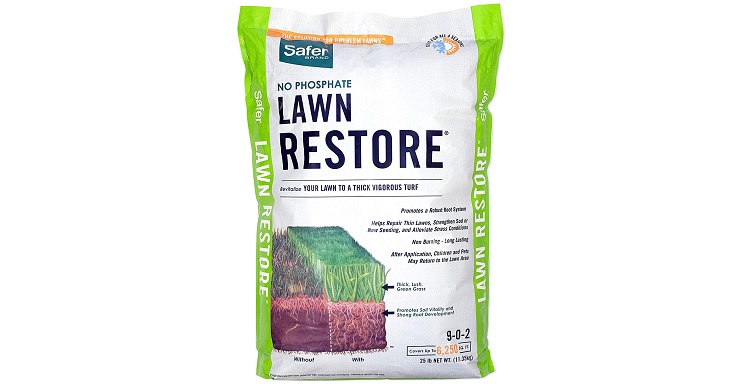
This is an easy-to-apply lawn fertilizer that provides your lawn with all the nutrients it needs to develop a healthy, thick turf. Safer Brand No-Phosphate Lawn Restore Fertilizer contains an NPK ratio of 9-0-2 that helps provide a strong root system, stimulate vigorous growth, allay stress conditions, and improve a thinning lawn all year round.
Highly effective at helping plants endure drought stresses and heat and cold, Safer Brand No-Phosphate Lawn Restore Fertilizer covers as much as 5,000 sq. ft. per a 20-pound bag.
With a more effective formula and lower price, this product will make your lawn green without burning it within 3-5 days. It’ll work on warm and cold-season grasses and is easy to apply manually with gloves or with a mechanical spreader.
Scotts 47503 Natural Lawn Food
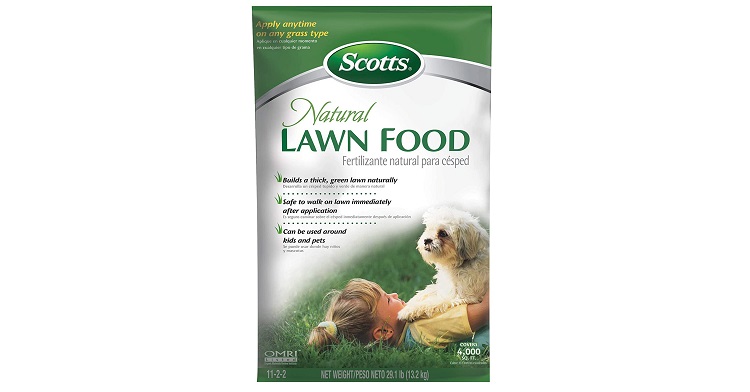
This alternative to Milorganite® will let your family and your pets walk on the lawn soon after applying it. Scotts Natural Lawn Food is made with 100% natural ingredients and is your go-to solution for achieving a healthy lawn naturally.
This product weighs 18.2 pounds and covers 2,500 sq. ft. Nitrogen is obtained from Meat Meal, Blood Meal, and Feather Meal. This means one bag gets you 0.8 pounds of nitrogen, 0.15 pounds of potassium, and 0.15 pounds of phosphorous for each 1,000 squ. ft. application.
Immediately after application, you or your pets can safely walk on your lawn. That’s not all. This product can also be used on all grass types no matter the season, ensuring that you can get a thriving, well-grown lawn during any season.
Moreover, since Scotts Natural Lawn Food is a slow-release type of fertilizer, it gradually helps maintain a lush green lawn by creating a sustainable, balanced growing environment both below and above the soil. The results you’ll get with this amazing formulation are certainly worth the wait.
The Andersons Innova Premium Organic Fertilizer
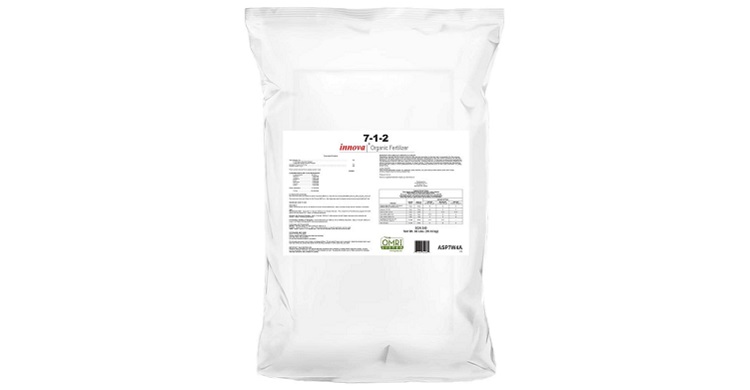
Thanks to its amazing bunch of features and quality, The Andersons Innova Premium Organic Fertilizer can be more than an adequate substitute for Milorganite®. It has a 7-1-2 NPK ratio, which every lawn owner dreams of. It’s made entirely from plant materials, excluding any waste products like animal parts or feces.
Even with a heavy application, this high-quality organic fertilizer will not burn your grass. It lacks iron but provides lots of amino acids, so you’ll definitely need to supplement. Since The Andersons Innova Premium Organic Fertilizer is a soy-based natural fertilizer, it’s safe for children and pets so you don’t have to worry about them running on your yard.
Purely 10-0-2 Organic Lawn Food
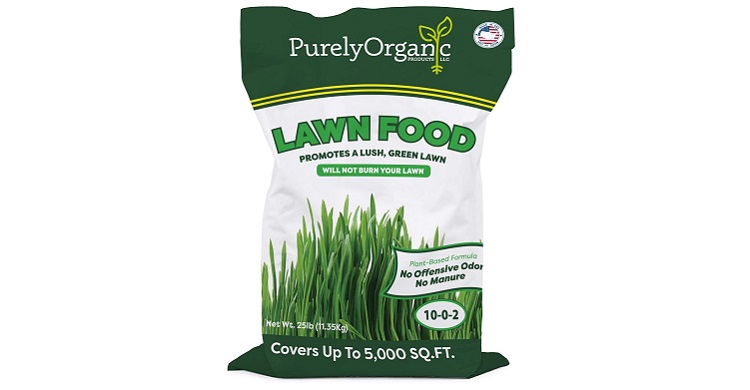
If you’re searching for a cost-effective alternative to Milorganite® for your large lawn, go for Purely 10-0-2 Organic Lawn Food. One interesting fact about this bestselling organic fertilizer is that it’s been used for ages by professional sports stadia to ensure that their lawns are in great shape.
Thanks to its 100% plant-based slow-releasing formula, Purely 10-0-2 Organic Lawn Food nourishes your lawn inside and out. You can apply it as frequently as you please and since it promotes thick, healthy grass, it can also help keep any weeds away from your lawn.
There’s enough product in the 25-pound bag to cover as much as 5,000 sq. ft., while the convenient and quick application process guarantees a hassle-free experience. Once you’ve applied this fertilizer to your lawn, your kids or pets can immediately walk on it freely, while its manure-less formula ensures no unpleasant odors are left lingering.
Simple Lawn Solutions 15-0-15 Superior Nitrogen & Potash – Lawn Food Quality Fertilizer
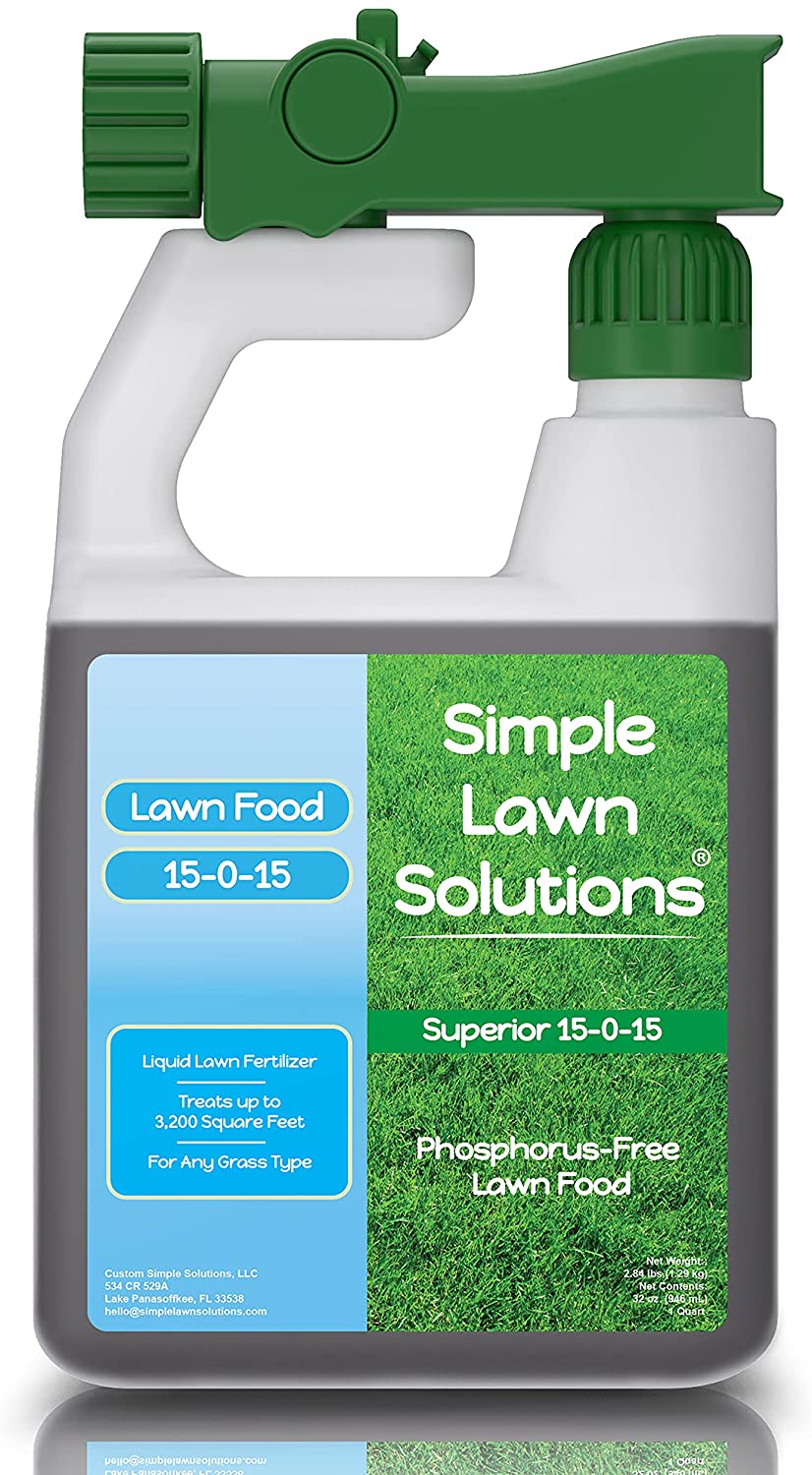
Simple Lawn Solutions 15-0-15 Superior Nitrogen & Potash – Lawn Food Quality Fertilizer is a liquid, phosphate-free, bioactive fertilizer. It’ll give your soil all the nutrients it needs for the healthy growth of plants without overfeeding and burning them.
This is thanks to its slow-release ability that lets the soil ingest the necessary nutrients as needed. Also, Simple Lawn Solutions 15-0-15 Superior Nitrogen & Potash – Lawn Food Quality Fertilizer delivers a variety of essential nutrients that help improve the general strength, quality, and health of the soil.
This fertilizer is also packed with humic acid, potassium, and nitrogen. This combination promotes not only growth but also makes grass greener since the humic acid helps the soil distribute the nutrients to the grass cells evenly and effectively.
Developed to provide the utmost convenience, you can quickly and easily apply this liquid natural fertilizer to all kinds of grass, including St. Augustine Grass, Bermuda Grass, Palmetto Zoysia, Fescue, Bluegrass, and many more.

